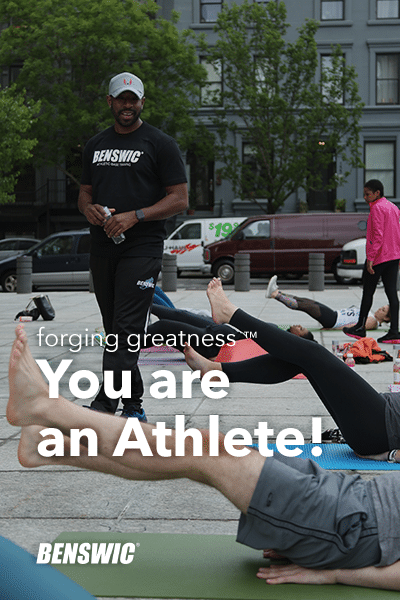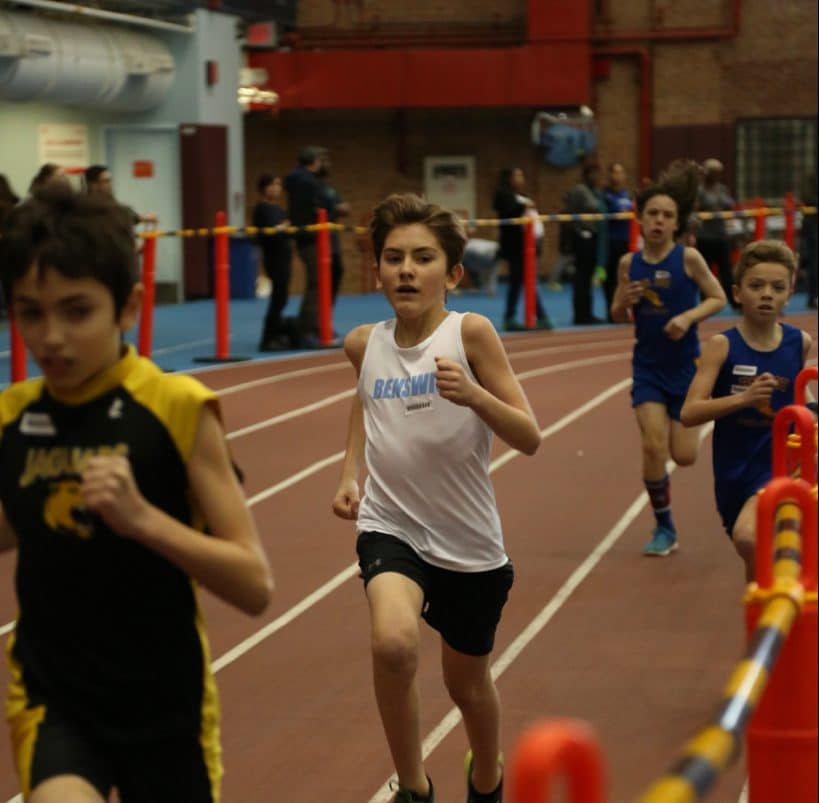A motor skill is associated with muscle activity. You carry out motor skills when your brain, nervous system and muscles work in concert to move parts of your body in large or small maneuvers.
As we add these fundamentals for years to our Youth. We have seen motor skills improve each level athletic ability. Making them well-rounded athlete with these six components.
I will show a few demonstrations on these six components below and plenty more on our YouTube Channel HERE.
Agility
Balance
Balance is the ability to stabilize your body, whether standing still or maintaining motion. Ice-skating, skiing and bicycle riding are balance exercises.
There are two types of balance – static and dynamic.
Static balance refers to remaining upright while staying still, standing on one leg, for example.
Dynamic balance deals with stability in motion. Test your balance by holding a stationary position as long as you can, without wobbling, after moving around.
Coordination
Coordination describes the synchronization of your senses and your body parts in a way that enhances motor skills. Volleying a table tennis ball is an example of hand-eye coordination. A variety of tests measure coordination, including juggling or hitting a ball.
Speed
Speed is the facility to move your body swiftly. Speed is usually associated with running, but other exercises, like throwing or kicking a ball, depend on moving your arms or legs rapidly. Some athletic coaches measure speed with a 40-yard dash.
Power
Power is a combination of speed and muscular force. A football linebacker uses power to blast through a line of men. A gymnast uses power during a performance on the rings and uneven bars. Measure your power by throwing a heavy object or lifting weights.
Reaction Time
Reaction time measures how swiftly you interpret and then react to expected and unexpected events happening around you. An example of reaction time to an expected event is the interim between hearing the starter’s pistol and beginning to run. Your reaction time to unexpected events, such as a bicycle crash just ahead of you in a race, relies on how quickly you can make sense of the event and come to a decision about how to react to it.







